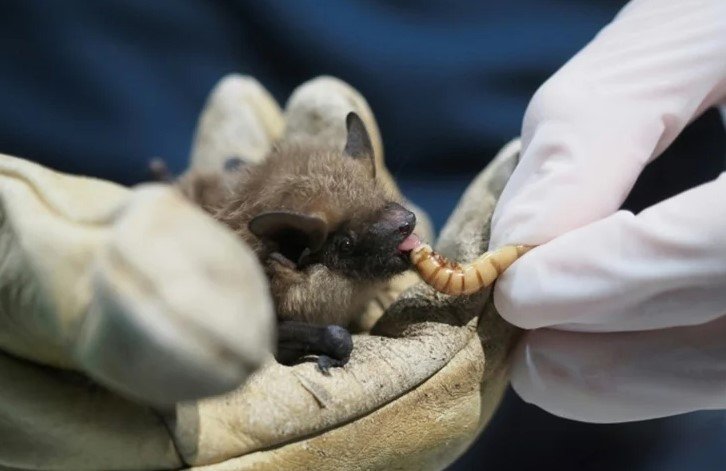A newly discovered bat coronavirus in China has raised eyebrows, but health authorities are urging calm. The Centers for Disease Control and Prevention (CDC) reassured the public on Monday that there is no immediate cause for concern, emphasizing that no human infections have been detected so far.
Virus Found to Bind to Human Cells, But Risk Remains Low
Chinese researchers recently identified the virus, named HKU5-CoV-2, and found that it can bind to human cell receptors. This similarity to SARS-CoV-2, the virus behind the COVID-19 pandemic, has naturally drawn attention. However, health experts have stressed that the ability to bind does not necessarily mean it will spread among humans.
The CDC stated that while the virus shares certain traits with SARS-CoV-2, its transmission potential appears limited. Current studies indicate that the virus does not infect human cells as efficiently as its predecessor, reducing the likelihood of a large-scale outbreak.
“We are monitoring the situation closely, but based on available data, there is no reason for alarm,” said a CDC spokesperson.

Discovered at Wuhan Institute of Virology, Scientists Call for More Research
The research team at China’s Wuhan Institute of Virology published their findings on HKU5-CoV-2 after analyzing samples from bat populations. They discovered that this virus uses the same cell entry mechanism as SARS-CoV-2, but its ability to replicate in human cells is significantly weaker.
Despite these findings, researchers have emphasized the need for continued surveillance. Studying these viruses helps scientists understand potential risks before they become serious threats.
A leading virologist involved in the study commented, “We should not ignore this, but at the same time, we must recognize that not every new virus leads to a pandemic.”
Global Health Experts Reiterate the Importance of Monitoring
Given the lessons learned from COVID-19, the global health community is on high alert whenever a new virus emerges. While HKU5-CoV-2 does not currently pose a threat, experts highlight the importance of tracking its evolution.
Some key points from the ongoing research include:
- The virus has not yet been detected in humans.
- Transmission studies suggest low efficiency in infecting human cells.
- Global surveillance efforts are already in place to detect any changes in its behavior.
The World Health Organization (WHO) has not issued any new guidelines regarding HKU5-CoV-2, though officials continue to assess its impact. A WHO representative stated, “We support further research on these emerging viruses, but there is no immediate reason for concern.”
How Concerned Should the Public Be?
For now, public health experts say there is no cause for panic. The virus remains contained within bat populations, and no spillover events to humans have been recorded.
Experts agree that vigilance is necessary, but unnecessary fear is not. “We must learn from past outbreaks, but that does not mean assuming the worst every time a new virus is found,” said an epidemiologist at Johns Hopkins University.
The CDC and WHO continue to monitor developments, and additional research will help determine if this virus warrants further attention. Until then, the consensus is clear: stay informed, but don’t panic.
